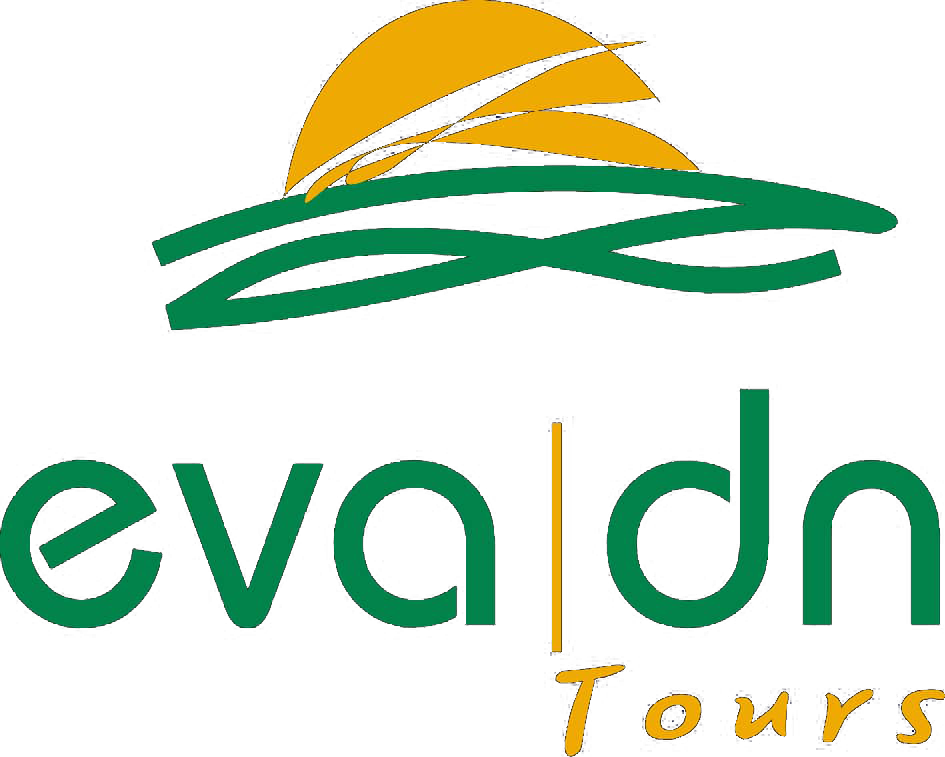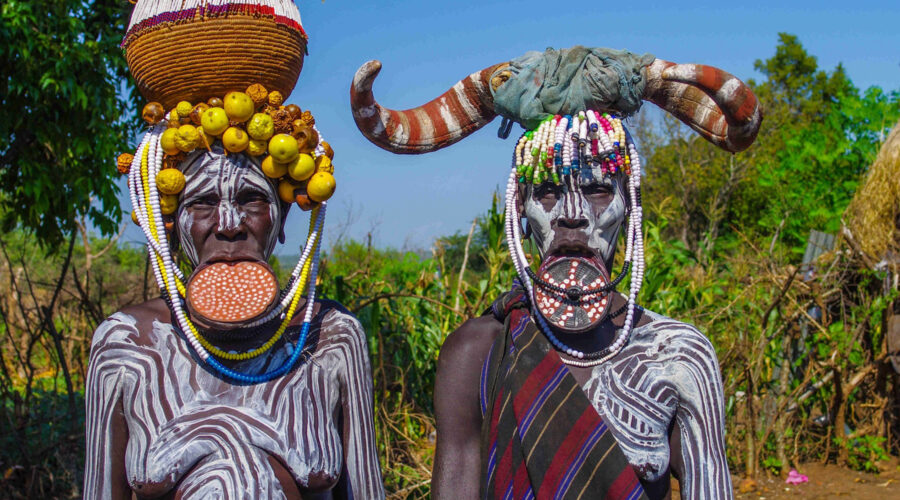01. Arrival in Addis Ababa. Transfer to the chosen hotel.
At 10 am tour of the capital: visit Entoto mountain with views over the capital and the National museum, where Lucy is visited.
Lunch restaurant in town. Afternoon relax at the hotel.
Dinner & ON (overnight) hotel.
02. Flight to Arbaminch (in amharic meaning forty springs).
Drive to Chencha mountain to visit the Dorze people, with their unique culture, houses and traditions. If is Saturday enjoy also their colorful market.
Visit also how they produce their traditional bread, the kotcho, from the tree of the false banana, and how they produce their traditional dresses.
Relax then at the hotel with a nice swimming pool, spa & spectacular views over Chamo and Abaya Rift Valley lakes and the Netch Sar National park.
At 06:00 enjoy the sunset with a sun downer.
Dinner & ON Emerald Resort Arbaminch. www.emeraldresortandlodge.com
03. Morning enjoy and relax at the Emerald Resort, with its facilities, spa, indoor and outdoor games and more.
Afternoon have a boat trip on Chamo lake, to visit the biggest crocodiles in Africa (reach till 6 meter length), hippos, birds & a very nice sunset.
Late afternoon relax then at the hotel with a nice swimming pool, spa & spectacular views over Chamo and Abaya Rift Valley lakes and the Netch Sar National park.
At 06:00 pm enjoy the sunset with a sun downer.
Dinner & ON Emerald Resort Arbaminch. www.emeraldresortandlodge.com
04. Drive to Konso, to visit the Konso villages.
Konso Cultural Landscape is formed by amazing stone walled terraces and fortified settlements. It constitutes a spectacular example of a living cultural tradition stretching back 21 generations (more than 400 years) adapted to its dry hostile environment. The landscape demonstrates the shared values, social cohesion and engineering knowledge of its communities. The site also features anthropomorphic wooden statues – grouped to represent respected members of their communities and particularly heroic events – which are an exceptional living testimony to funerary traditions that are on the verge of disappearing. Stone steles in the towns express a complex system of marking the passing of generations of leaders. These and more traditions making the Konso a UNESCO heritage.
Meals & ON Konso Kata lodge or Konso Korebta lodge.
05. Continue your drive to the Omo valley and if TUE or THU or SAT visit respectively the Hamer, Karo & Tsemay people market at Alduba village or the Tsemay & Erbore people market at KeyAfer village or Hamer, Karo and Dassanech people market at Dimeka village. Reach then Turmi, to visit the very colorful Hamer people villages. At 06:00 pm have a sundowner looking at the Hamer village and the savannah.Dinner & ON Emerald lodge Turmi www.emeraldresortandlodge.com
06. Morning excursion to Omorate, at Omo river bank, to visit Dassanech people, their culture and villages.
Afternoon time for the very colorful Hamer people; walk to visit a Hamer people village and have time with the very interesting Hamer people.
If Monday visit the very colorful Hamer, Karo & Dassanech people market.
If we get information of the bull jumping ceremony happening we can visit this, with the bull jumping & Evangadi dances ceremonies.
The Hamar are known for their unique custom of “bull jumping,” which initiates a boy into manhood. First, female relatives dance and invite whipping from men who have recently been initiated; this shows their support of the initiate, and their scars give them a right to demand his help in time of need. The boy must run back and forth twice across the backs of a row of bulls or castrated steers, and is ridiculed if he fails. Dinner & ON Emerald lodge Turmi www.emeraldresortandlodge.com
07. Drive to visit the Karo people, with ornaments and scarifications all over their body. Admire nice view over the Omo river from the Kortcho village.
The Karo, or Kara, are a Nilotic ethnic group in Ethiopia famous for their body painting. They are also one of the smallest tribes in the region being is a small tribe with an estimated population between 1.000 and 3.000. They live along the east banks of the Omo River in southern Ethiopia and practice flood retreat cultivation. The crops that are grown by them are sorghum, maize and beans. Only small cattle are kept because of the tsetse flies. These flies are large and consume the blood of vertebrate animals. The Karo people differentiate themselves from many of the neighboring tribes by excelling specifically in body and face painting. They paint themselves daily with colored ochre, white chalk, yellow mineral rock, charcoal, and pulverized iron ore, all natural resources local to the area. The specific designs drawn on their bodies can change daily and vary in content, ranging from simple stars or lines to animal motifs, such as guinea fowl plumage, or to the most popular – a myriad of handprints covering the torso and legs.
Both the Karo and the Hamar men use clay to construct elaborate hairstyles and headdresses for themselves, signifying status, beauty, and bravery.
Meals and over at the tented lodge or back at Turmi at the Emerald lodge
08. Fly to Kibish to visit the Surma people. The Surma are famous for their traditions, women wearing plates into their lips and men different scarification all over their body. With luck find a donga: the Surma people stick fighting game.
Meals & overnight luxury camping at Kibish.
09. Remaining visit of the Surma people. Then fly back to Addis Ababa.
Dinner and overnight at your hotel
10. Morning (9am from the hotel) make a tour of the capital: visit the Ethnographic museums and the Trinity church. Afternoon relax at your hotel.
Later transfer to the airport for your departure
+251 96 632 8750
info@aquilatourism.com


